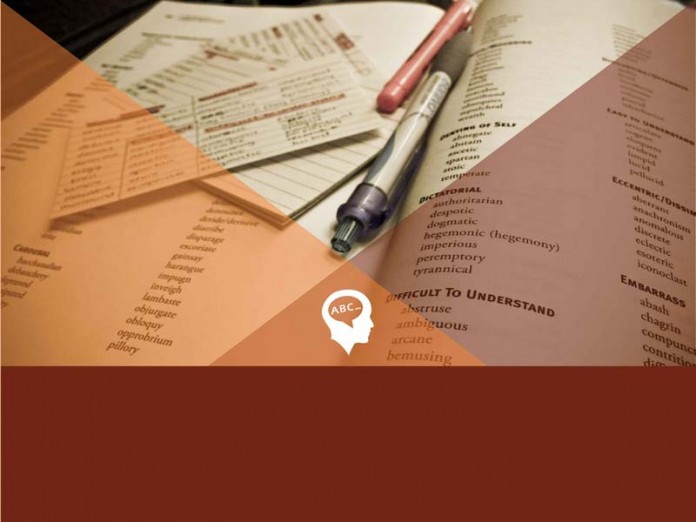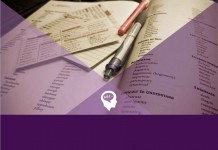Find the Odd Statement -Set2
Dear Aspirants
We are here with new set of questions series based on “Find the Odd Statement”. These type of questions are important as they have been previously asked in SBI PO exams held last year. In these type of questions you need to find out the odd statement out of 4 statements. The odd statement has a cause or Effect or situation which is not similar to that of other statements.
Try the Exercise here
Directions (Q1-5): Four statements are given below, labeled A, B, C and D. Among these, some statements are in logical order and form coherent paragraph. From the given options a), b), c), d) and e), choose the option the does not fit into the theme of the paragraph.
1). A. Our culture is full of assumptions and stereotypes about how the mind works, perhaps none so enduring as the legend of the “tortured artist”.
B. However, while the final verdict is still out on the issue, both the folk and the scientific evidence provide tantalizing clues that this legend may be fact.
C. The image is durable, but science has not yet been able to conclusively verify or disprove it.
D. Science stamps natural phenomena with a systemic form, and its theories with a natural inevitability.
a) A
b) B
c) C
d) D
e) All fits to the paragraph
2). A. For me paper wealth and tangible wealth amount to the same thing.
B. If I get more money, I have more wealth because I can spend the money for other things — real things.
C. But if we all get more money overnight, as in a shower of money from helicopters, only our paper wealth increases; our collective tangible wealth doesn’t change because there aren’t more things to buy with the additional money.
D. If it did, the government could cure poverty and increase nation’s wealth simply by printing more money.
a) C
b) B
c) D
d) All fits to paragraph
e) None of the above
Find more Questions and Solve the Above Test with answers, Explanations, and more Questions
SEHPAATHI TEST APPLICATION : CHALLENGE YOURSELF
Test: Bnk_Eng_Odd-Stmt-Out_Set2
3). A. At other times it is the repetitiveness more than the variability of the names that makes them seem less than distinctive, an impression sometimes heightened by their transparent meaning.
B. The heroines of two different myths may have the same name, while the heroine in two versions of the same myth will have a different name.
C. This apparent contradiction reflects the two poles of the heroine’s situation: to be little more than a name in a genealogy, or to be distinct, to suffer, sometimes even to achieve immortality.
D. On the other hand, a few of the most familiar figures have names that are significant and distinctive.
a) D
b) C
c) B
d) All fits to paragraph
e) None of the above
4). A. More specifically, it is human beings alone who operate in their everyday activities with an understanding of Being and are able to reflect upon what it means to be.
B. But to think of Being in this way would be to commit the very mistake that the capitalization is supposed to help us avoid.
C. If we look around at beings in general-from particles to planets, ants to apes-it is human beings alone who are able to encounter the question of what it means to be.
D. This gives us a way of understanding statements such as “Dasein is ontically distinguished by the fact that, in its very Being, that Being is an issue for it.”
a) B
b) C
c) A
d) D
e) None of the above
5). A. a. As far as we know, death is a great emptiness for us-a threshold beyond which we can directly perceive nothing.
B. Such a threshold is inseparable from the sacred, which aids us in our struggles to reconcile our inherent limitlessness with our convictions.
C. Nevertheless, that which is beyond the threshold of death is unavailable to us in any direct or unmediated fashion.
D. Granted, we readily project our fantasies into, and live out of faiths in relation to this void.
a) A
b) B
c) C
d) D
e) All fits to the paragraph



















